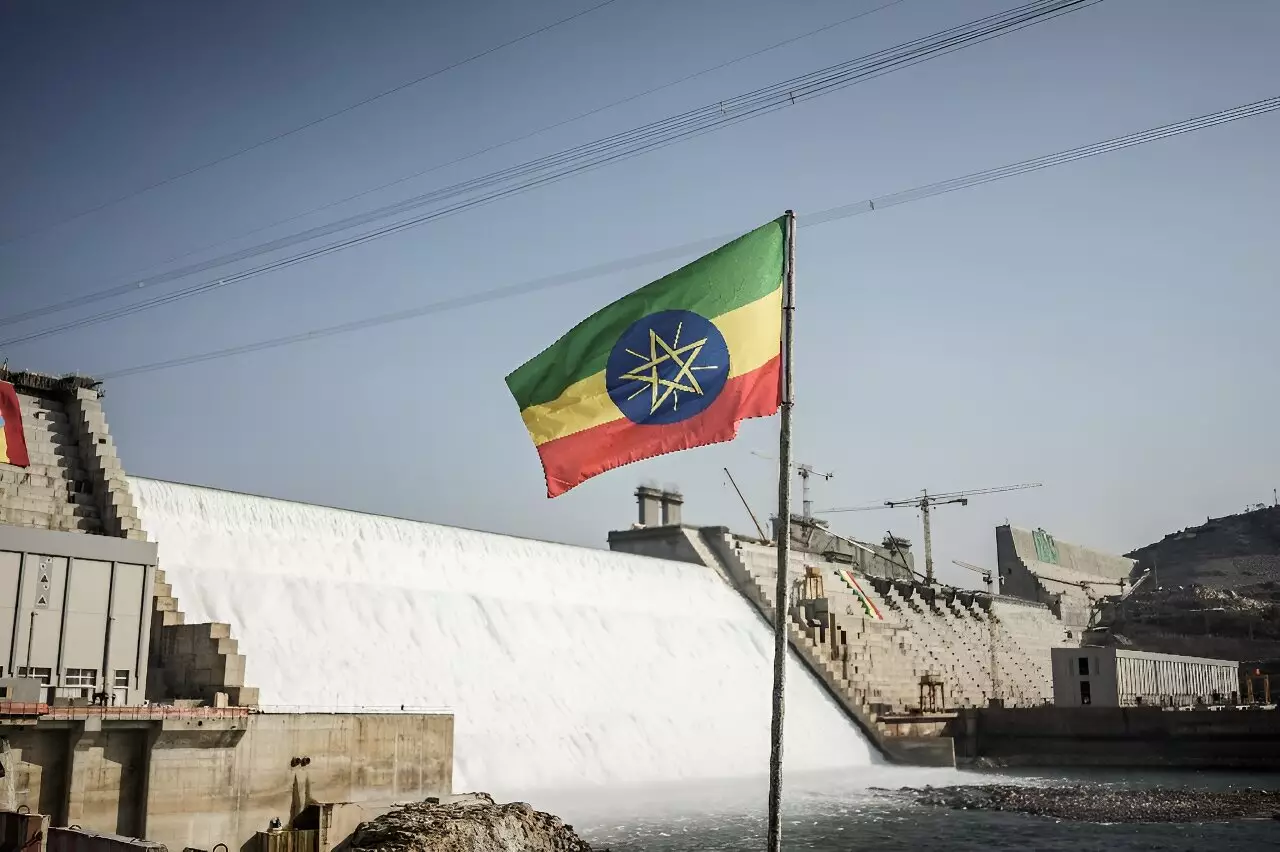Ethiopia has recently announced that it has significantly increased its electricity production from the Grand Ethiopian Renaissance Dam (GERD) on the Blue Nile. This comes after the successful operation of two additional turbines within the dam, bringing the total electricity generated to 1,550 megawatts. The controversial dam has been a point of contention with downstream nations Egypt and Sudan, causing tensions in the region.
The GERD has now completed its construction phase and has entered the operational phase, marking a significant milestone in the project. With the addition of two turbines producing 400MW each, along with the previously operational turbines generating 375MW each, the total output has reached 1,550MW. Additionally, the dam’s spillways are releasing an extra 2,800 cubic meters of water to the downstream countries, further enhancing its functionality.
Impact on Africa’s Energy Sector
Once all 13 turbines are operational, the GERD has the potential to become Africa’s largest hydroelectric dam, generating over 5,000 megawatts of power. This would more than double Ethiopia’s current electricity output, making it a crucial player in the development and electrification of the continent. The World Bank estimates that approximately half of Ethiopia’s 120 million population still lacks access to reliable electricity, highlighting the importance of projects like the GERD.
Regional Dispute and Concerns
Despite its potential benefits, the GERD has been at the center of a regional dispute since its inception in 2011. Egypt and Sudan have raised concerns about the dam’s operation without a comprehensive agreement, fearing it could impact their access to the Nile’s waters. Egypt, in particular, sees the dam as a threat to its water security, as the country heavily relies on the Nile for its water needs. Negotiations have been ongoing, but a consensus is yet to be reached.
Importance of the Dam
Ethiopia maintains that the GERD is critical for managing water flow, mitigating flood risks, and ensuring a consistent supply of water to downstream nations, especially during periods of drought. Prime Minister Abiy Ahmed emphasized the dam’s role in addressing water management challenges in the region, highlighting its importance beyond just electricity generation.
Looking ahead, the World Bank has announced plans to support Ethiopia in expanding its electricity network and diversifying its energy sources to include solar, wind, and geothermal power. Despite efforts to address the electricity deficit in the country, many Ethiopians still face challenges in accessing reliable electricity, impacting their socio-economic well-being and limiting opportunities for growth.
While the GERD represents a significant milestone in Ethiopia’s energy sector, it is essential for all involved parties to continue negotiations and find common ground to ensure the sustainable management of the Nile’s waters. The dam has the potential to bring about positive changes in the region, but cooperation and collaboration are crucial to addressing the concerns of all stakeholders involved.

